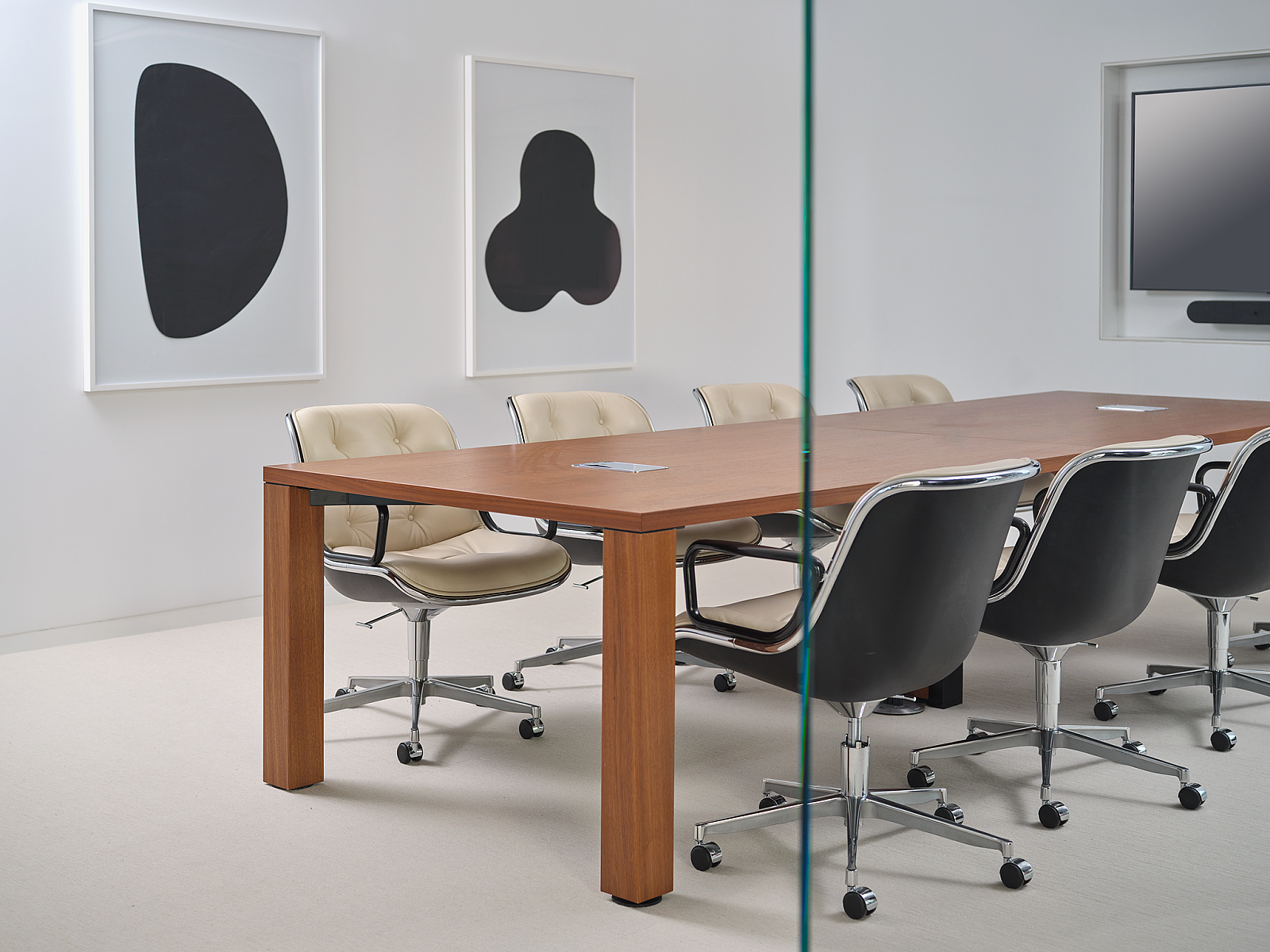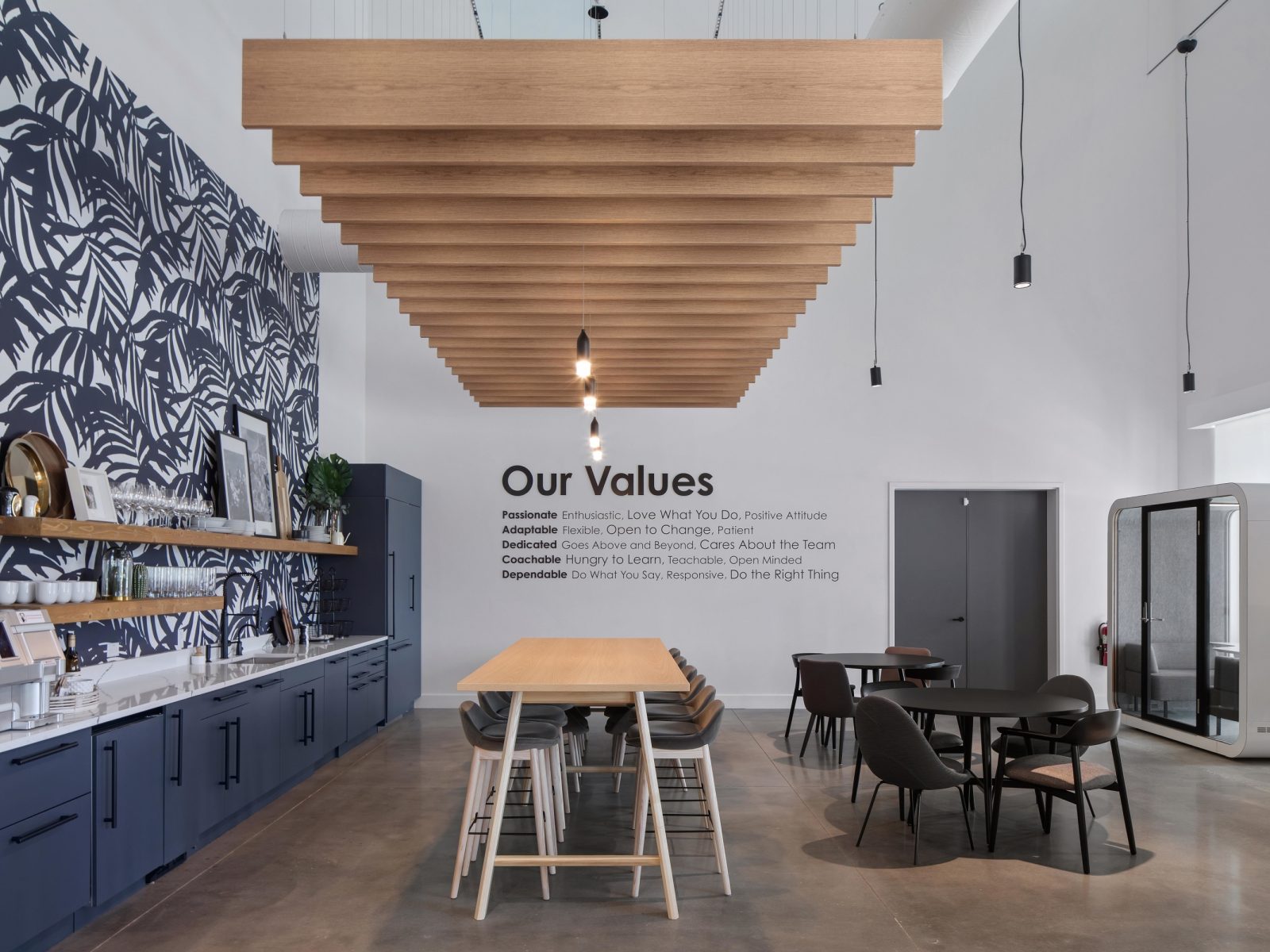Your Unique Office Solution
Hint: It's not going to look exactly like any other organization.

Neurodiversity encompasses a wide range of conditions, reflecting the distinct functioning of an individual's brain. Tailoring a single, all-encompassing design solution to create a more accommodating workplace for neurodiverse individuals is not feasible. Nevertheless, introducing flexibility and diversity into office plans can promote a welcoming environment that benefits all employees.
Neurodiversity comprises a range of conditions like autism, ADHD, dyslexia, and more, each with its unique strengths and challenges. Acknowledging these distinctions makes a one-size-fits-all workplace design ineffective. Embracing neurodiversity, organizations should prioritize accommodating individual needs by offering diverse options. The significance of providing choices and variety in workplace design cannot be underestimated, fostering inclusivity and catering to the diverse needs of all employees. Organizations can foster a welcoming and supportive environment for all individuals by offering choices and adaptability in their office plans. This approach ultimately enhances well-being, productivity, and overall job satisfaction. While workplace design is pivotal in cultivating a positive and inclusive atmosphere, it often falls short when accommodating the unique cognitive abilities and challenges of neurodiverse individuals. Hence, embracing flexibility becomes imperative to truly cater to the diverse needs of all employees.
Choice is Important
In crafting a welcoming workplace environment, the significance of choice and variety in design cannot be overstated. Organizations can display their respect for employees' diverse preferences and sensitivities by offering a range of options. For instance, providing flexible workstations that accommodate various sensory needs, such as adjustable lighting and soundproofing choices, empowers individuals to fashion personalized workspaces aligned with their unique workflow, leading to improved focus and comfort.
Many neurodiverse individuals experience sensory sensitivities, and office environments that are excessively stimulating or lack sensory accommodations can result in heightened stress and decreased productivity. To address this, providing quiet areas or designated zones for focused work allows employees to retreat to a calmer space when necessary, fostering their well-being and preventing sensory overload.
Neurodiverse individuals undoubtedly flourish in environments that offer work arrangement flexibility. By incorporating adaptable seating options, alternative workstations, and versatile layouts, employees gain the freedom to select settings that align with their working style and preferences. This autonomy and control foster a stronger sense of engagement with the workspace, empowering neurodiverse individuals to optimize productivity and enhance their overall work experience.

Design Elements to Consider
To create an inclusive workplace, it is essential to account for the diverse communication and collaboration styles of neurodiverse individuals. Providing a range of spaces that accommodate different interaction preferences, such as quiet meeting rooms for one-on-one discussions or open collaborative areas for team efforts and group projects, fosters more effective communication among team members. Furthermore, integrating visual aids and digital tools can enhance clarity in communication, reducing potential barriers for individuals facing specific communication challenges.
Organizations showcase their dedication to employee well-being and inclusivity by adopting a workplace design that emphasizes choice and variety. When individuals feel supported and comfortable in their work environment, job satisfaction naturally rises, resulting in heightened levels of productivity, creativity, and overall job performance. Additionally, employees who experience a sense of belonging and acceptance are more inclined to stay engaged and loyal to their organization, leading to reduced turnover rates and improved talent retention, all while fostering stronger employee buy-in.
Creating an office environment that values diversity and caters to individual needs plays a vital role in cultivating a culture of empathy and respect. This inclusive atmosphere promotes open dialogue, dispels stereotypes, and fosters opportunities for education and awareness about neurodiversity in professional settings. As a consequence, coworkers become more supportive and understanding, leading to a harmonious and collaborative work environment overall.
CSR Initiative
In addition to design aspects, organizations bear legal and ethical obligations to establish an inclusive and non-discriminatory workplace. Neurodiverse workplace design aligns with and reinforces these responsibilities. By prioritizing the needs of all employees, organizations showcase their dedication to equal opportunity and diversity through the physical environment. This approach not only ensures adherence to legal mandates but also bolsters the company's reputation as an inclusive employer, furthering the overarching organizational objectives of attracting top talent and cultivating positive relationships with clients and stakeholders.
Acknowledging the wide spectrum of neurodiversity and customizing office spaces to accommodate these diverse needs fosters inclusivity, improves employee well-being, and increases overall job satisfaction. By embracing options and flexibility, organizations can establish a work environment that honors individual preferences, caters to sensory requirements, and encourages effective communication and collaboration.
Incorporating neurodiversity into workplace design offers advantages not only to neurodiverse individuals but also to the entire organization. It cultivates a culture of acceptance, understanding, and productivity among all employees. By adopting such inclusive practices, organizations fulfill their legal and ethical responsibilities, attract and retain top talent, and thrive in the diverse and ever-evolving business landscape of today.













